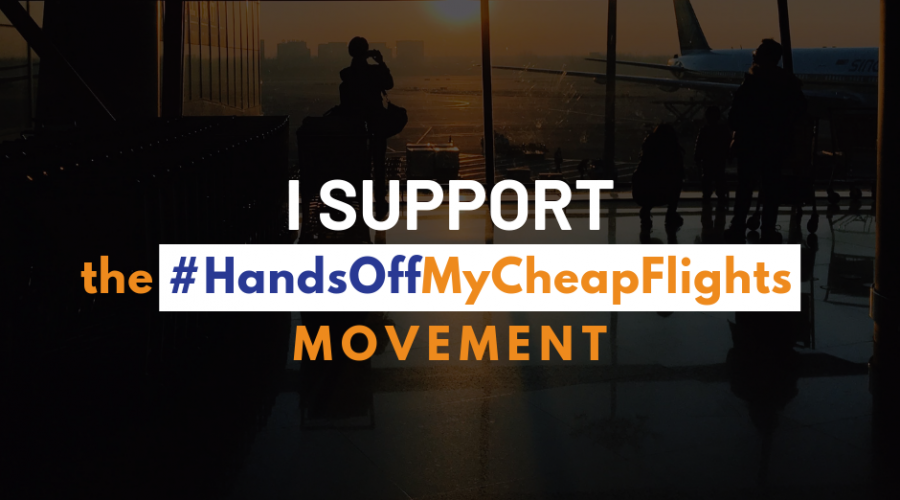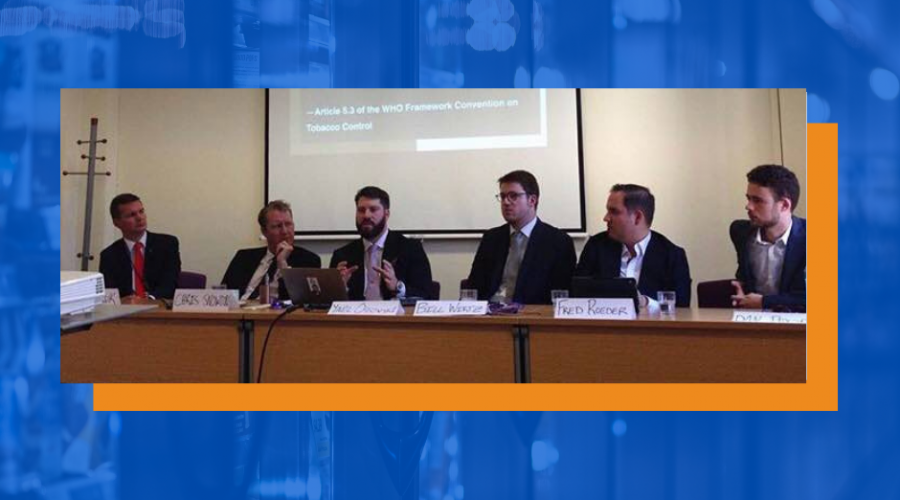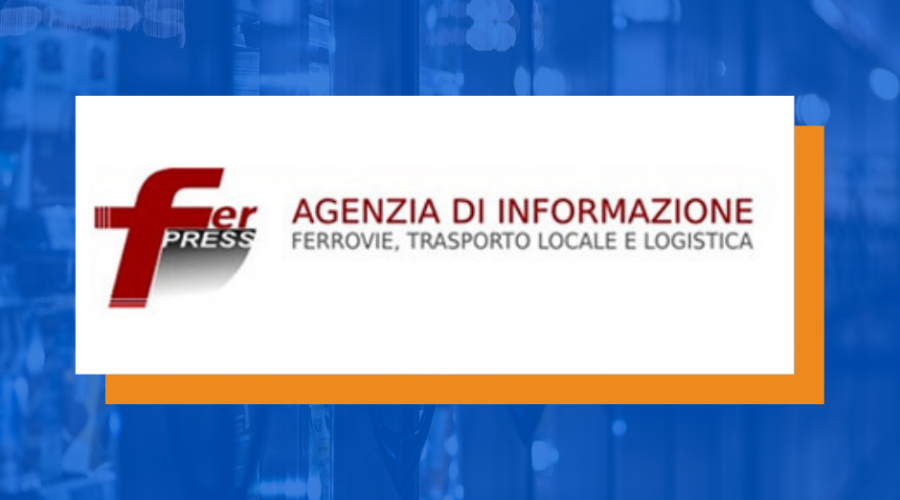Lasst Europa schneller fliegen
Der Luftverkehr sollte schneller werden. Überschallflugzeuge, innovativ weiterentwickelt, würden uns voranbringen.
Als Frankreich und Deutschland ihre Schnellzugnetze gebaut haben, revolutionierten sie so den Schienenpersonenverkehr in Europa. Was mit dem Fernbus von Brüssel nach Paris vier bis fünf Stunden dauert, kann mit dem Thalys-Zug in etwas mehr als einer Stunde erreicht werden. Das Gleiche gilt für das ICE-Netzwerk. Der Wechsel von langsamen Regionalzügen zu schnellen und futuristischen neuen Modellen hat Verbrauchern mehr Komfort und Zeiteffizienz gebracht.
In der Luftfahrt ist jedoch das Gegenteil der Fall. Seit den 1960er-Jahren sind Flugzeuge nicht schneller geworden. Die Reisegeschwindigkeiten für Verkehrsflugzeuge liegen heute zwischen 889 und 945 Kilometer pro Stunde, verglichen mit 525 Knoten für die Boeing 707, dem Rückgrat des kommerziellen Düsenverkehrs der 1960er-Jahre, schreibt Kate Repantis vom MIT. Der Grund dafür ist Kraftstoffeffizienz, was sich in realer Kosteneffizienz ausdrückt. Während Flugplaner versucht haben, die effizientesten Flugrouten zu finden, war es vor allem die Verlangsamung der Flüge, die den Treibstoffverbrauch effektiv reduzierte. Laut einer Meldung von NBC News aus dem Jahr 2008 hat die Fluglinie JetBlue durch die Verlangsamung seiner Flüge um knapp zwei Minuten rund 13,6 Millionen Dollar pro Jahr an Kerosin eingespart.
Aber Verlangsamung muss nicht die einzige Option sein, und es nützt sicherlich nicht den Verbrauchern, dass die Flugzeiten länger sind als vor 50 Jahren. Alte Regionalzüge verbrauchen weniger Strom als aktuelle Hochgeschwindigkeitszüge mit über 300 Kilometer pro Stunde. Und trotzdem versucht niemand, die ICE-Reisezeiten zu verlängern, ganz im Gegenteil.1Da wir Hochgeschwindigkeitszüge mehr und mehr nutzen, verbessert sich die Technologie und das reduziert wiederum den Energieverbrauch. Die gleiche Analogie sollte auch in der Luftfahrt gelten.
„Wenn man die Entwicklung der regulären Düsenflugzeuge betrachtet, die um 80 Prozent effizienter geworden sind, kann man sehr optimistisch sein, was Überschallflugzeuge betrifft.“
Mit dem Ende der Concorde sind Überschallflugzeuge in Europa kein Thema mehr. Bei Langstrecken-Interkontinentalflüge verkürzen Überschallflugzeuge die Flugzeit um deutlich mehr als die Hälfte. Zum Beispiel würde die Reisezeit von London nach New York von 7 Stunden auf lediglich 3 Stunden und 15 Minuten sinken. Die Kraftstoffeffizienz aktueller Überschallmodelle ist noch nicht auf dem gleichen Level wie bei Unterschallflugzeugen, aber für eine (wieder)entstehende Industrie ginge der Weg bergauf. Wenn man die Entwicklung der regulären Düsenflugzeuge betrachtet, die um 80 Prozent effizienter geworden sind als die ersten Modelle, kann man sehr optimistisch sein, was Überschallflugzeuge betrifft. Darüber hinaus unterstützen die Hersteller von Überschallflugzeugen auch die Verwendung alternativer Kraftstoffe, was gut in den 2020-Plan der Vereinten Nationen für klimaneutrales Wachstum passt. Kürzere Flugzeiten für Verbraucher, die innovative Lösungen für Umweltprobleme mögen. Was will man mehr?
Der eigentliche Haken ist der Lärmpegel. Als jemand, der in einer Stadt in der Nähe eines Flughafens aufgewachsen ist und dort fast 20 Jahre gelebt hat, kenne ich die unterschiedlichen Ansichten über Fluglärm. Viele in meinem Heimatdorf verteidigen den Flughafen aus wirtschaftlichen Gründen, während andere sich in Initiativen zusammenschließen und den Flughafen bekämpfen. Im Laufe der Jahre haben ihre Forderungen immer weniger Unterstützung gefunden, denn je effizienter die Flugzeuge geworden sind, desto weniger Lärm machen sie auch.
„Die derzeitigen Vorschriften tragen der Tatsache keine Rechnung, dass sich Überschallflugzeuge grundlegend von regulären Flugzeugen unterscheiden.“
Hier starten auch Überschallflugzeuge nicht von Grund auf neu. Während diese Flugzeuge bei der Landung und beim Start lauter sind, sind neue Modelle, wie die futuristisch anmutende Overture des Herstellers Boom, 100 Mal leiser als die Concorde. Darüber hinaus ist es wichtig, mit gleichem Maße zu messen: Überschallflugzeuge haben die Größe eines Regionaljets, sollten jedoch in der Regulierung der Lärmlimits (seitens der Internationalen Zivilluftfahrtorganisation, ICAO) in die gleiche Kategorie fallen wie große Flugzeuge, die heute interkontinental fliegen.
Ja, Überschallflugzeuge wären, zumindest vorerst, lauter. Gleichzeitig würden sie aber schnellere Reisezeiten und vielversprechende Erwartungen an eine geringere Umweltbelastung mit sich bringen. Im Beispiel des Overture-Projekts hat das amerikanische Unternehmen Boom das umweltfreundlichste Überschallflugzeug der Geschichte am Start: Der „CO2-Fußabdruck“ ist hier vergleichbar mit einem internationalen Business-Class Flug.
Das Mindeste, was wir tun können, um Wahlmöglichkeiten von Passagieren in der Luftfahrt zu verbessern, ist, Überschall eine Chance zu geben. Die derzeitigen Vorschriften tragen der Tatsache keine Rechnung, dass sich Überschallflugzeuge grundlegend von regulären Flugzeugen unterscheiden. Es gibt ein Gleichgewicht zwischen realistischer Lärmminderung und besserem Service, das sowohl die Verbraucher als auch die besorgten Bürger finden können. Dafür sollte jeder an den Diskussionstisch zurückkehren. In der Welt gibt es spannende Innovationen und Europa sollte ein Teil davon sein.










